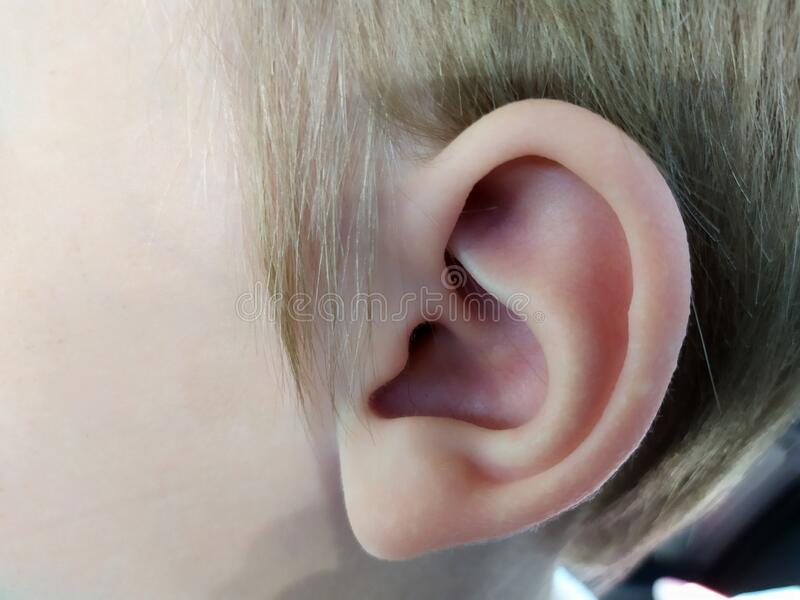We will talk about otorrhagia or ear bleeding, which is most often associated with trauma to the outer or middle ear, but can also be of inflammatory or infectious origin.
Ear bleeding is defined as the outflow of blood through the ear canal, that is, through the opening of the external auditory canal, after injury, infection, or inflammation.
The blood may be pure or mixed with purulent secretions.
Causes of ear bleeding
Most otorrhagia are the result of trauma. Most often, this is a benign wound of the external auditory canal, created by cleaning too deep with a cotton swab, another object, or even simple scraping.
In more serious cases, the injury is localized at the level of the middle ear and is accompanied by a wound to the tympanic membrane (the thin membrane that separates the external auditory meatus from the middle ear ), sometimes indicative of more serious damage.
Injuries that cause ear bleeding:
- head injury (car or sports accident, fall);
- injury caused by a sudden increase in pressure.
Acute or chronic otitis media (especially severe chronic otitis media associated with the presence of a skin cyst called cholesteatoma in the tympanic membrane) also sometimes results in ottorrhagia.
Other causes of otorrhagia: inflammatory polyps and granulomas, as well as tumor pathologies.
Read: What is nasalplasty? How is this surgery performed?
Diagnosis of ear bleeding
The diagnosis is based primarily on the interrogation of the patient, which is aimed at clarifying the circumstances of the occurrence of ear bleeding and a possible ENT history.
Excretion and clinical examination confirm the diagnosis. To better visualize the external auditory canal and eardrum, the doctor performs an otoscopy. This is an examination of the ear, performed either with a hand-held optical instrument called an otoscope, or with a binocular microscope, which provides a more intense light source but requires immobilization of the head, or with an otoendoscopy, consisting of a probe with an optical system and an illumination system.
Depending on the cause, additional tests may be required:
- image scanning (scan or MRI);
- hearing test, audiometry ( hearing measurement );
- biopsy;
- bacteriological research.
Ear bleeding is quite rare. Anyone, both a child and an adult, can experience otorrhagia due to injury or infection.
In acute otitis media, a rupture of a hemorrhagic blister (conflict) occurs. When otitis is of bacterial origin and the tympanic membrane ruptures under the pressure of pus accumulated in the tympanic cell, the blood mixes with purulent and mucous secretions.
Read: What is a urinary tract infection (UTI)? How UTIs Are Diagnosed
Related signs
Ear bleeding may be associated with other symptoms, which vary depending on the underlying cause.
Signs:
sensation of a clogged ear and sharp pain after “aggressive” cleaning of the ear;
deafness, tinnitus, dizziness, or facial paralysis;
stuffy nose and fever, earache, hearing loss due to acute otitis media;
pain, tinnitus and dizziness after barotrauma;
deafness with pulsating tinnitus, when the cause is a benign vascular tumor called a glomus tumor.
Treatment
Minor lesions most often heal spontaneously without any treatment. In other cases, depending on the underlying cause and severity, treatment may include:
- anti-inflammatory and analgesic drugs;
- local care to accelerate wound healing;
- antibiotics if infection is present (avoid getting fluid into the ear canal);
- corticosteroids associated with vasodilators when the inner ear is affected by sound trauma;
- tympanoplasty, including transplantation of connective tissue or cartilage in case of persistent or complicated lesions;
- other surgical treatments.
Prevention
It is not always possible to prevent otorrhagia. However, some injuries can be avoided.
People exposed to sound trauma should always wear ear protection.
In addition, contraindications should be observed (do not dive with an upper respiratory tract infection).
Read Also: How to remove a splinter without pain: 6 reliable ways

